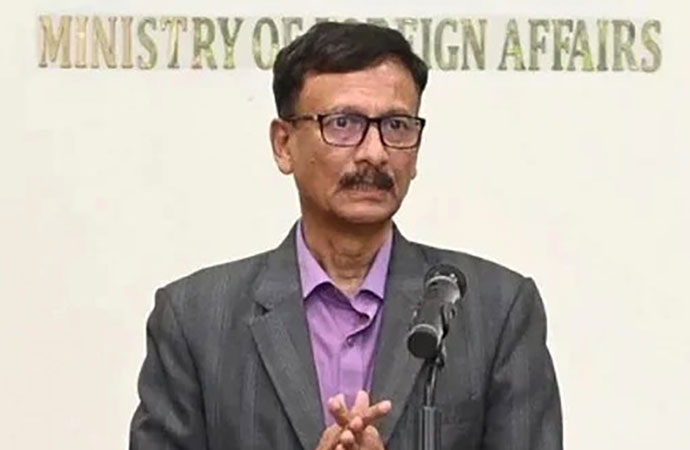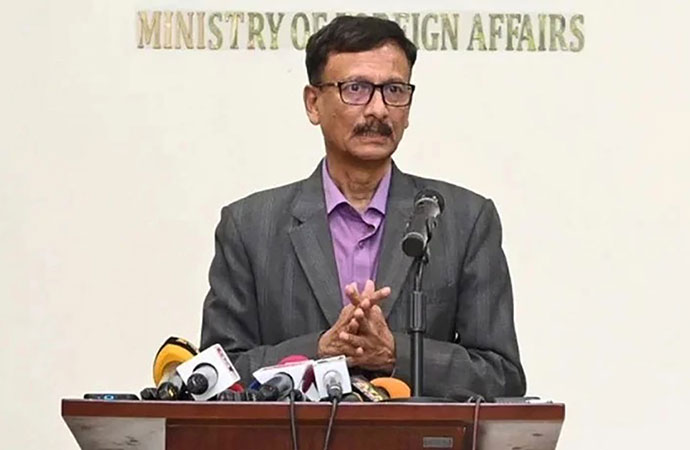Featured 1

In 2023, the total reported cases of dengue numbered 321,179, with 1,705 deaths recorded, a massive jump from the year before, when 62,000 people were known to have had the virus, and 281 died. It was the highest number of annual deaths caused by the mosquito-transmitted disease ever recorded in Bangladesh. The deaths last year included at least 113 children. According to Save the Children, the majority of these deaths were of children under the age of 10, with 38 deaths among those under five. The high death toll has continued into the new year. As of Wednesday, the outbreak had affected 756 people so far this month, resulting in 10 deaths, compared with 424 cases and three deaths this time last year.
Dengue cases have risen dramatically around the world, with 70% of them occurring in Asia. Globally, the World Health Organization (WHO) estimates that 3.9 billion people - or half of the world's population - are at risk of infection. Half a million cases were reported in 2000, compared with 4.2 million in 2022: nearly an eight-fold increase. The increasing frequency of extreme weather events is fuelling the spread of the disease into new locations and extending dengue seasons in countries where the disease is already present.
In Bangladesh, unusually high rainfall, combined with hotter temperatures and high humidity, has resulted in an increased mosquito population throughout the country. Bangladesh has seen regular outbreaks of dengue over the past two decades. Yet the recent outbreak has been surprising - not only did a surge in cases start earlier than usual (typically cases start during the June-October monsoon), but the disease has also spread beyond its previous concentration in Dhaka and Chattogram.
The failure of the two city corporations in Dhaka in identifying and destroying the breeding grounds of Aedes mosquitoes was unacceptable. And when they finally started spraying imported insecticides throughout the city, experts raised questions about their effectiveness. The last thing we want to see this year is the inefficiency and lacklustre attitude of the city corporations in performing their duty.
In 2022, Dhaka city accounted for 63% of cases, while in 2023, 66% were reported outside Dhaka. Now dengue is being reported from all 64 districts of the country. The DGHS has repurposed six hospitals in Dhaka assigned for Covid-19 patients to manage the dengue epidemic, and increased the supply of intravenous saline and other medication across the country. For many of Bangladesh's urban poor, the cost of contracting dengue has added to the burdens on their households. The challenges are likely to persist this year. Experts warn that much more needs to be done to control mosquitoes and prevent large outbreaks.

























Leave a Comment
Recent Posts
Remembering Kalidas Karmakar ( ...
The art world remembers Kalidas Karmakar, a visionary whose creativity ...
An Evening with Shishir Bhatta ...
Cosmos Art Echo, the artist talk initiative of Gallery Cosmos and Cosm ...
Myanmar denies genocide, calls Rohingya crackdown co ..
Yes, of course
Earth’s average temperature last year hovered among ..
Bangladesh and Singapore: A Tale of Two Nations